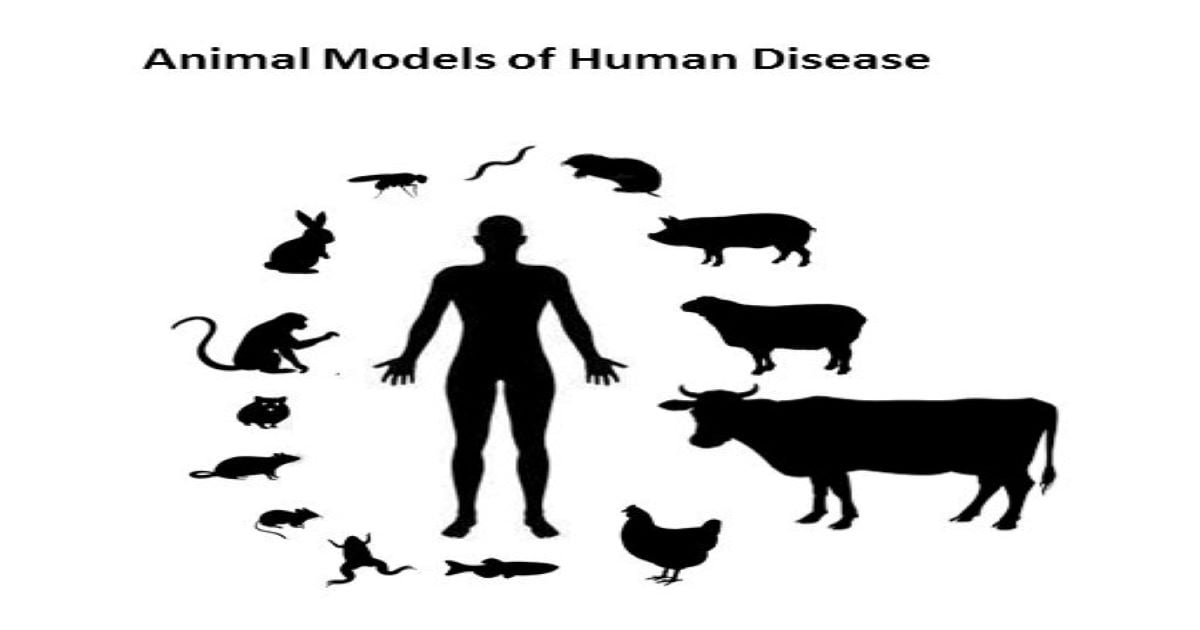Animal Models of Human Disease
Topic Information
Dear Colleagues,
The use of animal models of human disease is critical for furthering our understanding of disease mechanisms, for the discovery of novel targets for treatment, and for translational research.
This Special Issue aims to collect state-of-the-art primary research studies and review articles from international experts and leading groups using animal models to study human diseases.
Submissions are welcome on a wide range of animal models and pathologies, including infectious disease, acute injury, regeneration, cancer, autoimmunity, and degenerative and chronic disease.
Prof. Dr. Sigrun Lange
Prof. Dr. Jameel M. Inal
Topic Editors
Keywords
- animal models
- human disease
- pathology
- pathobiology
- chronic disease
- acute injury
- regeneration
- infectious disease
- cancer
- autoimmunity
- neurodegenerative disease
- comparative animal models
- extracellular vesicles
- liquid biopsy
- biomarkers

Participating Journals
15,719 Articles
Launched in 2013
3.9Impact Factor
6.8CiteScore
17 DaysMedian Time to First Decision
Q1Highest JCR Category Ranking
19,782 Articles
Launched in 2012
5.2Impact Factor
10.5CiteScore
16 DaysMedian Time to First Decision
Q2Highest JCR Category Ranking
3,608 Articles
Launched in 1999
3.0Impact Factor
3.7CiteScore
18 DaysMedian Time to First Decision
Q3Highest JCR Category Ranking
17,182 Articles
Launched in 2011
3.3Impact Factor
5.9CiteScore
21 DaysMedian Time to First Decision
Q1Highest JCR Category Ranking
13,945 Articles
Launched in 2010
2.8Impact Factor
5.5CiteScore
15 DaysMedian Time to First Decision
Q2Highest JCR Category Ranking